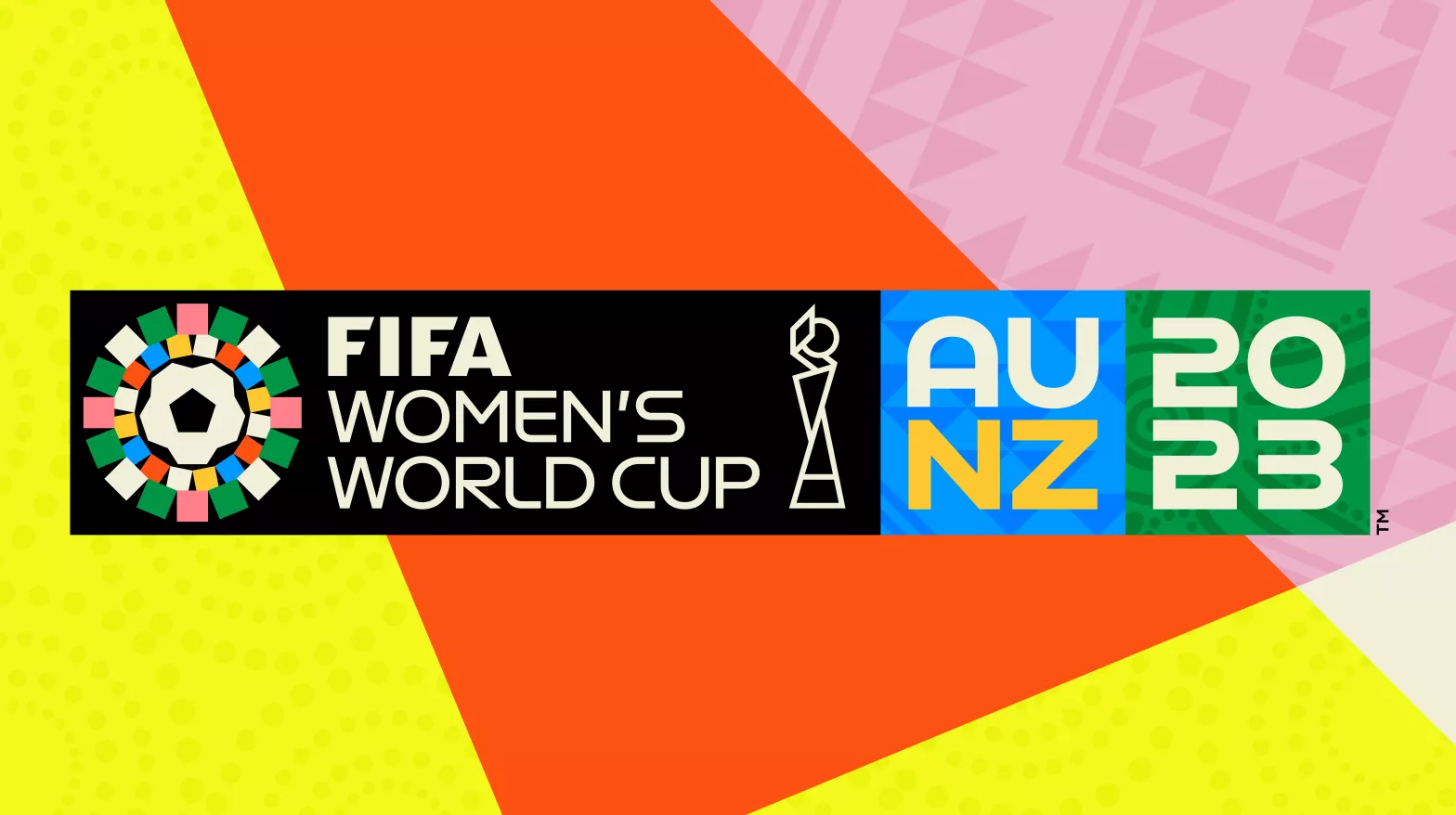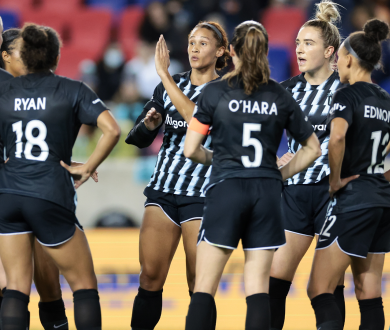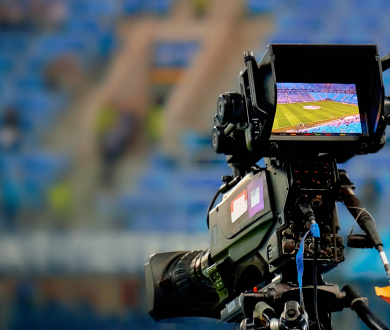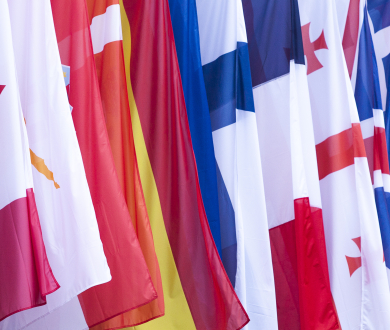
What the 2023 Women’s World Cup Could Mean for the Future of Women’s Football
Exciting times lie ahead for women’s sports with the FIFA Women’s World Cup just around the corner. This global event has the power to redefine the landscape and pave the way to a new era. At Sportsology Group, we believe the World Cup could be a significant turning point that will shape the future of women's football in the following ways:
1. Increased Visibility
Hosting the tournament in Australia and New Zealand aims to generate interest and media coverage in the region, raising the sport's profile globally. Despite time differences posing a challenge for European and US audiences, interest in women's football has already grown, particularly in Europe following Euro 2022. The 2023 Women's World Cup has the potential to break viewership records, with a projected audience of up to 2 billion viewers, surpassing the 1.12 billion viewers of the previous World Cup in France in 2019.
2. Growing Participation:
In addition to watching live games, fans can engage with the tournament through various channels such as radio broadcasts, highlights/clips, social media content, blogs, and podcasts. The World Cup has the power to inspire young girls to take up football, leading to increased participation rates and the development of grassroots programs worldwide.
3. Professionalization:
The success of the Women's World Cup attracts investment from partners, resulting in improved facilities and sustainable career opportunities for players. The commercial growth of the tournament includes independent sponsorships and broadcasting rights, while free-to-air content ensures fan engagement. Monetizing the audience remains a challenge; however, the Women's World Cup attracts sponsors targeting a female audience. Audience growth is evident, with France 2019 doubling the average live match audience on TV, digital platforms, and out-of-home compared to the 2015 edition. FIFA predicts continued growth for the upcoming tournament.
4. Standalone Product:
Sponsoring women's sports has become a smarter business move, and the 2023 Women's World Cup exemplifies this shift. Sponsorship is now sold as a standalone product, elevating the tournament and setting it apart from the Men's World Cup, which attracts different sponsors. Notably, Unilever personal care brands, including Rexona, Dove, Lifebuoy, and Lux, have become official sponsors, reflecting a focus on a more female-oriented audience. Brands recognize the effectiveness of sponsoring women's sports in attracting new audiences and fostering brand connections.
5. Global Development:
The Women's World Cup serves as a catalyst for the promotion of women's football in emerging countries. For example, the qualification of Morocco for the tournament has led to cultural shifts and increased support for female athletes, fostering gender equality. Analysts at Ampere Analysis estimate that hosting the 2023 Women's World Cup could increase interest in Australian Women's Football by 58% from Q4 2021 to Q4 2023.
6. Challenging Stereotypes:
The Women's World Cup provides a platform to showcase the skills and competitiveness of female players, challenging stereotypes and reshaping perceptions. The tournament highlights the immense talent and athleticism of women in football, dismantling outdated gender biases.
These points demonstrate how the 2023 Women's World Cup can have a transformative impact on women's football, driving visibility, participation, professionalization, global development, and challenging gender stereotypes.












